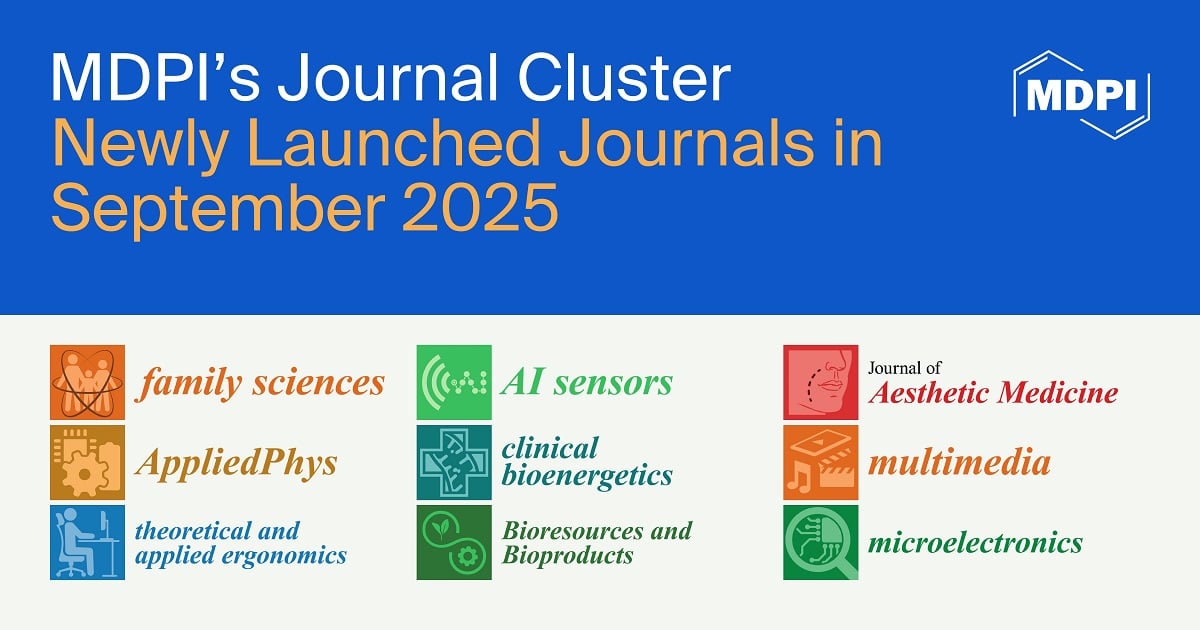-
 Potential Assessment of Electrified Heavy-Duty Trailers Based on the Methods Developed for EU Legislation (VECTO Trailer)
Potential Assessment of Electrified Heavy-Duty Trailers Based on the Methods Developed for EU Legislation (VECTO Trailer) -
 Integrating Risk Assessment and Scheduling in Highway Construction: A Systematic Review of Techniques, Challenges, and Hybrid Methodologies
Integrating Risk Assessment and Scheduling in Highway Construction: A Systematic Review of Techniques, Challenges, and Hybrid Methodologies -
 Rail Maintenance, Sensor Systems and Digitalization: A Comprehensive Review
Rail Maintenance, Sensor Systems and Digitalization: A Comprehensive Review
Journal Description
Future Transportation
- Open Access— free for readers, with article processing charges (APC) paid by authors or their institutions.
- High Visibility: indexed within ESCI (Web of Science), Scopus, EBSCO, and other databases.
- Rapid Publication: manuscripts are peer-reviewed and a first decision is provided to authors approximately 33.4 days after submission; acceptance to publication is undertaken in 10.6 days (median values for papers published in this journal in the first half of 2025).
- Journal Rank: CiteScore - Q2 (Engineering (miscellaneous))
- Recognition of Reviewers: APC discount vouchers, optional signed peer review, and reviewer names published annually in the journal.
- Future Transportation is a companion journal of Sustainability.
Latest Articles
E-Mail Alert
News
Topics
Deadline: 31 December 2025
Deadline: 30 April 2026
Deadline: 30 June 2026
Deadline: 31 August 2026
Conferences
Special Issues
Deadline: 31 December 2025
Deadline: 31 December 2025
Deadline: 31 March 2026
Deadline: 8 April 2026





























